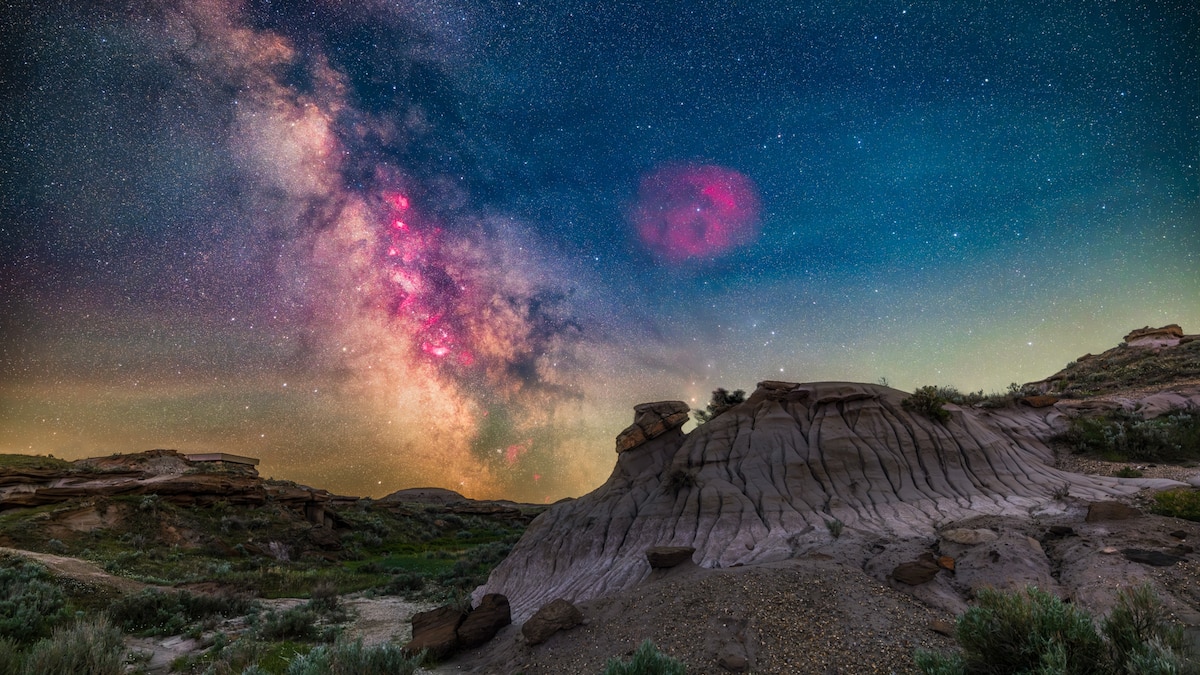
Catch a glimpse of the ‘strawberry moon’ and other night sky events this June
How did your country report this? Share your view in the comments.
Diverging Reports Breakdown
Catch a glimpse of the ‘strawberry moon’ and other night sky events this June
The Great Hercules Cluster will be at its highest point on June 2. The best time to view Venus is just before dawn in the Northern Hemisphere. The Arietid meteor shower will peak on June 7, but it won’t be visible to the naked eye. The Perseids are the most visible meteor shower of the year.
A “well-placed” globular cluster—June 2
Missed seeing the “well-placed” globular clusters in May? The Great Hercules Cluster, or Messier 13, reaches its highest point in the night sky on June 2, putting it in a prime viewing position.
Discovered in 1714 by English astronomer Edmond Halley, for whom the iconic Halley’s Comet is named, the Great Hercules Cluster is a collection of more than 100,000 stars densely packed into a glittering, spheroidic shape. While it can be hard to discern with the naked eye, it’s easily visible through binoculars.
Daytime Arietids meteor shower peak—June 7
As its name implies, the prolific daytime Arietid meteor shower doesn’t peak at night, but during the day. That, of course, makes most of the meteors nearly impossible to see.
But there’s still a chance of spotting shooting stars in the predawn hours on June 7, just before the estimated peak during the daylight hours. And if you want to “see” the daytime activity, visit the NASA Meteor Shower Portal and look for colored dots—those indicate meteors associated with the active meteor shower.
Source: https://www.nationalgeographic.com/science/article/night-sky-strawberry-moon-june-2025
